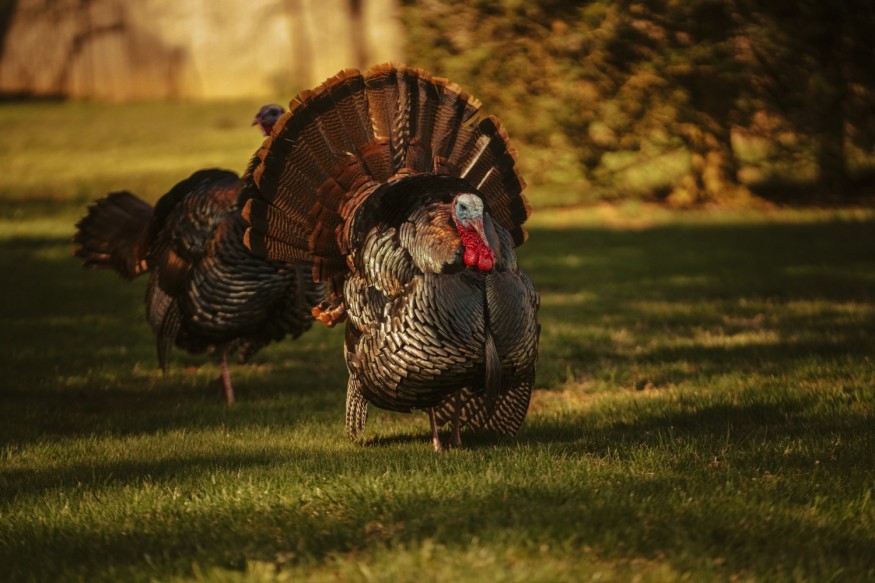Wild turkeys in the United States are decreasing in numbers in their natural habitats, and even scientists do not know the reason why, according to ongoing studies by researchers in Oklahoma, state officials in Pennsylvania, and other scientists nationwide. The US wild turkey population decline was recorded since 2004 and Thanksgiving Day has nothing to do with it. Since the US' first Thanksgiving in November 1621, there has been relatively no significant decline in the country's wild turkey population until recent times.
With this, scientists have explored potential causes or posed several theories, including habitat loss, climate change, hunting, and disease. Aside from wild turkeys, the population of all bird species is also on a decline across the US and Canada over the past five decades. Although a bird flu outbreak has impacted both domestic and wild birds in the US in recent years, scientists are not linking avian influenza to the decreasing turkey population.
Nationwide Turkey Population Research

Wild turkey population in the US is mysteriously decreasing, especially in some regions of Alabama and the Southeast US for the past 10 to 15 years, according to an Auburn University professor during a news release in October 2021. Will Gulsby, an associate professor of wildlife management at the university's School of Forestry and Wildlife Sciences, is researching the cause of this decline with the objective of reversing current trends.
Meanwhile, scientists at Oklahoma State University are also studying the phenomenon of wild turkey population decline and launched a five-year project to examine similar cases in the state. These studies are part of other ongoing research in other states across the US, including in Georgia, Kentucky, Missouri, and Tennessee, as well as by state officials in Pennsylvania.
US Wild Turkey Population Decline
According to biologists, the US wild turkey population may have decreased by approximately 1 million or almost 15% between 2004 and 2014, with most of the decline reported in the South US and Midwest region. This figure further decreased by 3% between 2014 and 2019, although researchers acknowledged there could be discrepancies in the said data.
Although research in general links the expansion and development of human settlements to the decline of the US wild turkey population, there is no clear correlation between the two factors. When it comes to climate change, even scientists in their study published in the journal Climate Change Ecology state that there is a minimal shift in nest initiation date or nesting phenology linked with projected climate change.
The wild turkey (Meleagris gallopavo) is a bird species native to North America. In the US, wild turkeys or eastern wild turkeys can be found through the forests of the eastern US, stretching from southern Canada to north Florida, even as far as northern Mexico and east to Arizona. Wild turkey populations can also be found westward to the states of Texas, Iowa, and Minnesota.
© 2025 NatureWorldNews.com All rights reserved. Do not reproduce without permission.





